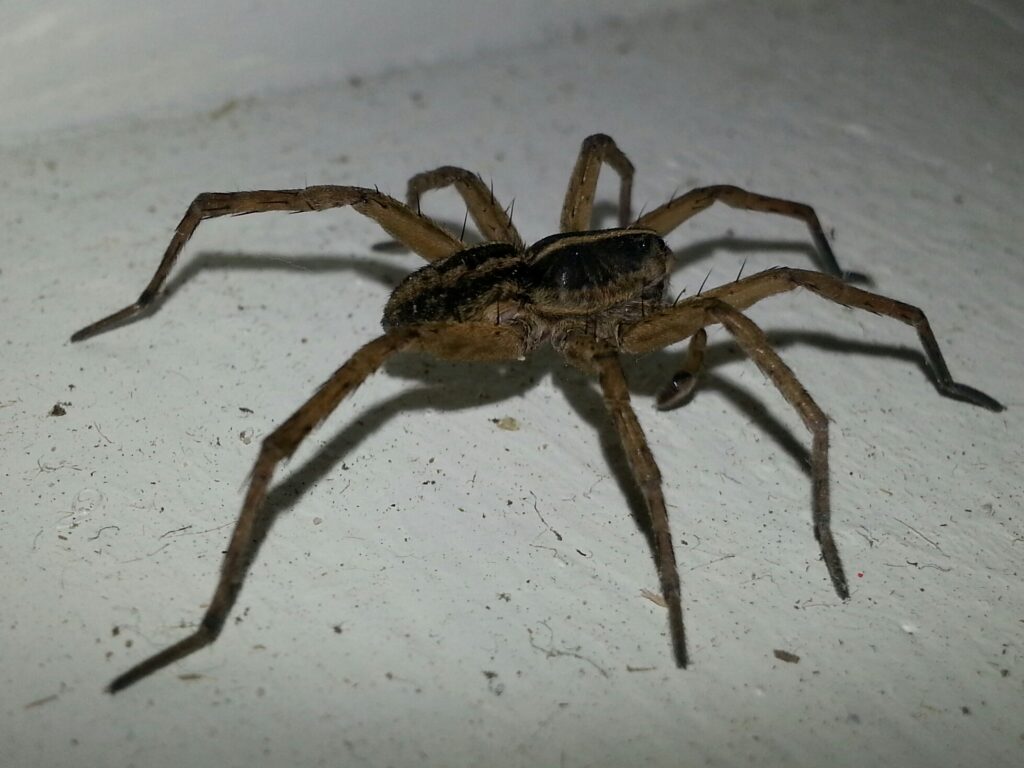 Bees are an ecologically important species; therefore, pest control for bees and wasps in Guelph must be handled delicately. Take carpenter bees, for example. This docile species resembling the bumblebee has an important role to play in plant pollination. On the other hand, its habit of excavating tunnels in wood products in which to lay eggs and raise its young can lead to extensive property damage if not addressed. It is best to avoid killing carpenter bees if possible by preventing an infestation in the first place. On the other hand, once an infestation occurs, pest control is sometimes the only alternative.
Bees are an ecologically important species; therefore, pest control for bees and wasps in Guelph must be handled delicately. Take carpenter bees, for example. This docile species resembling the bumblebee has an important role to play in plant pollination. On the other hand, its habit of excavating tunnels in wood products in which to lay eggs and raise its young can lead to extensive property damage if not addressed. It is best to avoid killing carpenter bees if possible by preventing an infestation in the first place. On the other hand, once an infestation occurs, pest control is sometimes the only alternative.
What Do Carpenter Bees Look Like?
Carpenter bees are often mistaken for bumblebees as the two species are about the same size, and each can have yellow-and-black coloration. However, bumblebees are hairy all over their bodies. The thorax of the carpenter bee is often yellow and hairy as well, but the abdomen is typically shiny, black and smooth. Bumblebees almost always have some yellow on their bodies, while carpenter bees may be black all over.Why Do Carpenter Bees Tunnel in Wood?
Carpenter bees bore into wood and excavate tunnels to create nests to lay eggs and raise their young. This includes wood products on and around the home as well as trees. Any wood product greater than 50 millimeters thick may be susceptible:- Decks
- Lawn furniture
- Doors
- Railings
- Windowsills
- Roof eaves
- Shingles

